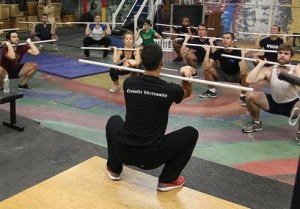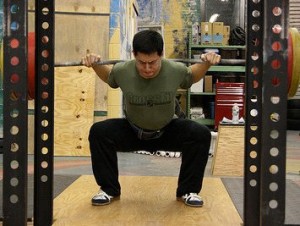The story of how money came into being was that in ancient times people used to barter things for other things. You had a chicken and needed some fabric for clothes so you found someone that had some extra fabric that needed a chicken. This was hard so they invented money to exchange for goods and services. Unfortunately, as the book “Debt” by David Graeber points out, it is entirely fiction. There is no evidence of any society anywhere that used a barter system.
“If you owe the bank one hundred thousand dollars, then the bank owns you. If you owe the bank one hundred million, then you own the bank.” – Banking Proverb
What Graeber proposes is that money came about as a way to keep track of debt. Debt is the foundation of our economy both monetarily and morally. Graeber digs deep into this theory and connects our language and our societal values to the concept of debt. Essentially two people start off as equals and one does something that creates a relationship of indebtedness with the other. Sometimes these debts are quantifiable and payable with respect to things of a certain fixed value. Sometimes these debts can never be repaid like blood debts and life debts (A blood debt is when you kill someone and then owe their family for the life you took. A life debt is when you save someone’s life and they owe you).
This is all fascinating stuff and hit home today when I read a post about someone having a gofundme page to pay for their trip to Thailand to study with Ido Portal. First, I was jealous because I want to go to Thailand to study with Ido Portal. Second, I was incensed because how dare someone solicit people out of their money to go to study in Thailand. Third, I was wondering why do I even care?
Here is why I am offended. When you ask to fund a project like recording a record or building a new gadget, the donors are essentially paying for something that will be made that was not there before and will benefit them and maybe society. Essentially you are not giving money to the person but to the creation of a new product. However, in the case of people using crowdfunding to pursue their own selfish endeavors, you are giving money directly to them and will receive no benefit. Furthermore, there is no personal relationship created where that person now owes a debt to you. They don’t even know you nor can they even start to repay you even in a symbolic way.
Gifts, despite what Christmas stories describe, are an anomaly. If you look at the what gifting is really saying, according to Graeber, it is an acknowledgment of some kind of societal or primordial debt. We give a gift to our parents in recognition of the debt we owe them for giving us life and raising us which we can never truly repay and thus here’s a new tie. We give gifts to our loved ones for similar reasons, you have shown me love and affection that I cannot quantify or repay monetarily so here is a mug with a clever quote on it. Even throwing money into a beggar’s cup is a way of recognizing society’s debt to that person. Our society owes it to the members to keep them safe and fed.
Largely these feelings have crept into the subconscious with our society. So we know longer think of social interactions as various relationships of debt. Graeber’s theory may be totally wrong. However, it rings true with me. I personally have feelings of indebtedness to friends and family that have done many things for me which I cannot repay with money. I also have real monetary debts as well. And when you think of relationships in terms of indebtedness it casts them in an interesting light.
What does any of this have to do with CrossFit. Probably nothing. Or maybe it has to do with community. Perhaps communities are groups of people that previously had no relationship but then through shared experiences are suddenly indebted to each other. Maybe not monetarily but maybe we feel indebted to those that cheer us on during a workout and push ourselves to perform to help pay off that debt. The community gives to each member of the community and each member of the community is indebted to the community and that is how it sustains itself and each other. How did this debt arise? Is it created out of thin air? Or does the community give value that is intrinsic and create the obligation?
I tend to think there is some intrinsic value of the community created by a CrossFit box in the giving of knowledge, respect and purpose to its members that creates an obligation among the members to give back to that community with their spirit and caring and gifts of effort and sweat and support of the other members. It’s something that you don’t get from commercial gyms where you pay a fee to have access to the gym. CrossFit gyms are different because what they give is something that cannot be repaid with cash. You cannot repay a sense of belonging or a sense of purpose. You cannot put a value on your first pullup or getting your first muscle up in the Open. You cannot repay in any monetary sense these things that the community helped you achieve, so you do the next best thing, you pay a premium membership, you wear the t-shirt, you tell everyone you know about it, and sign up your friends and family. You become the best person you can be, not for you, but for the community that helped you get there.
There are good debts and bad debts. Owing more good debts than bad debts is a true wealth that can never be taken away.


